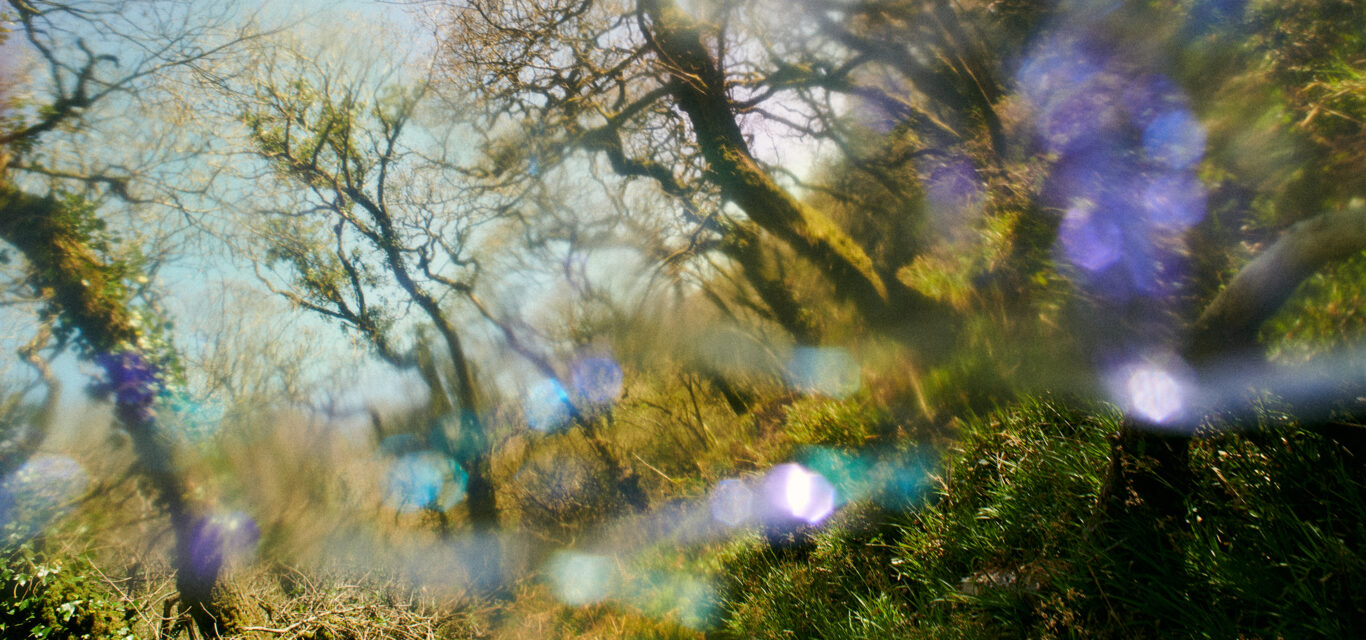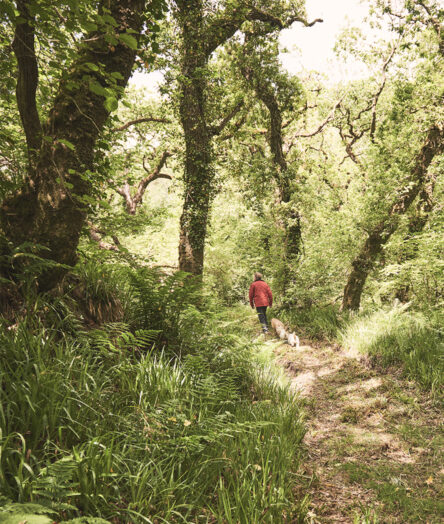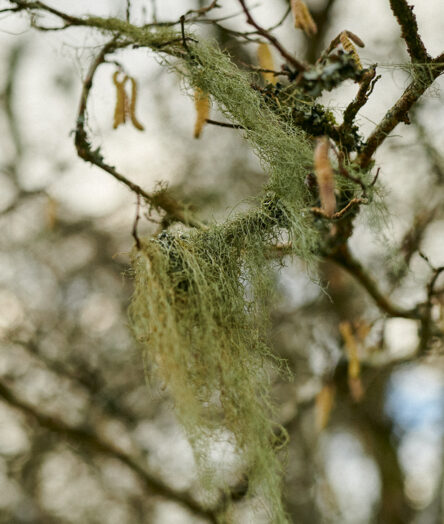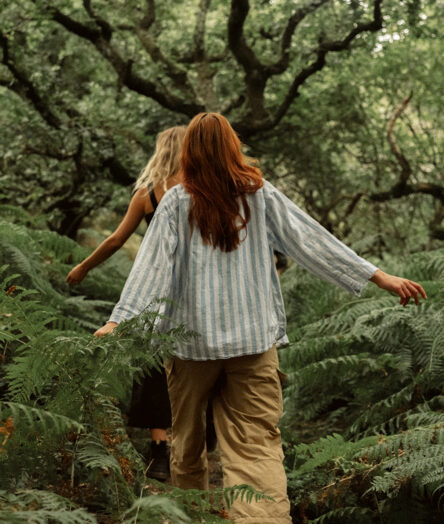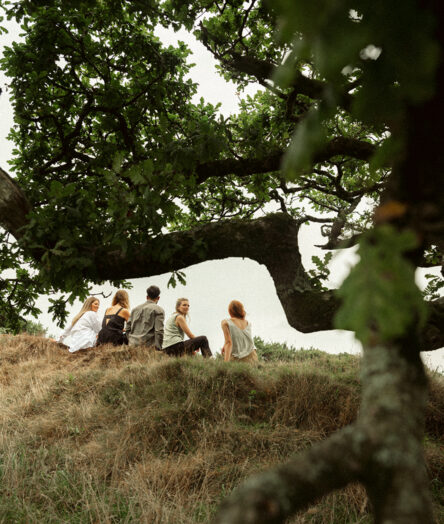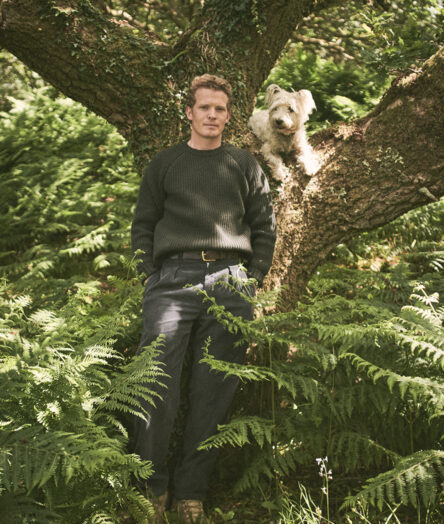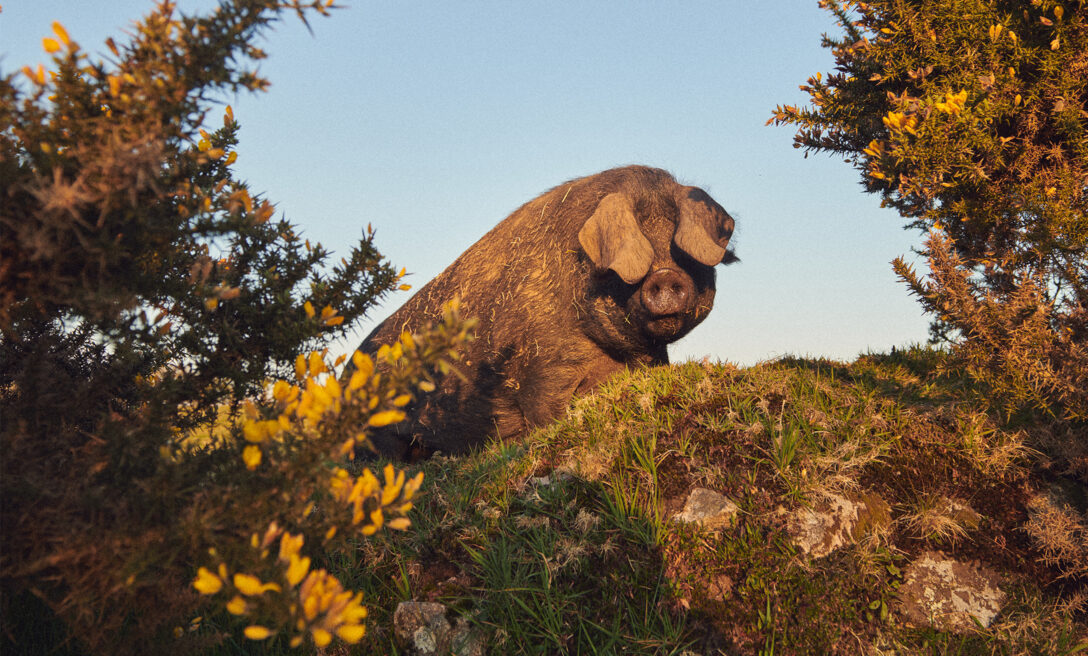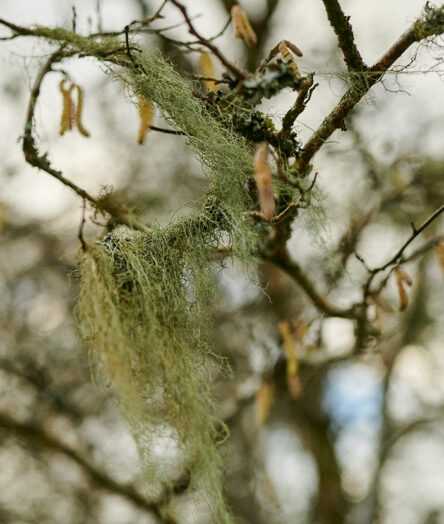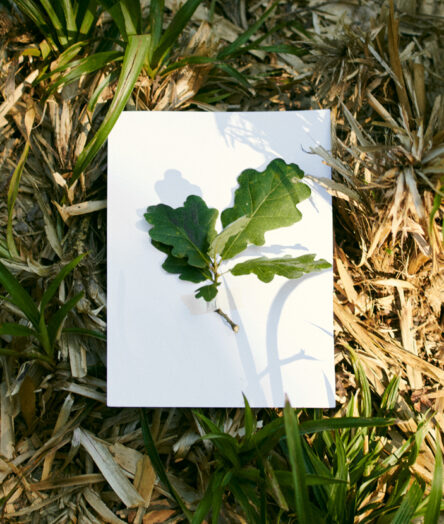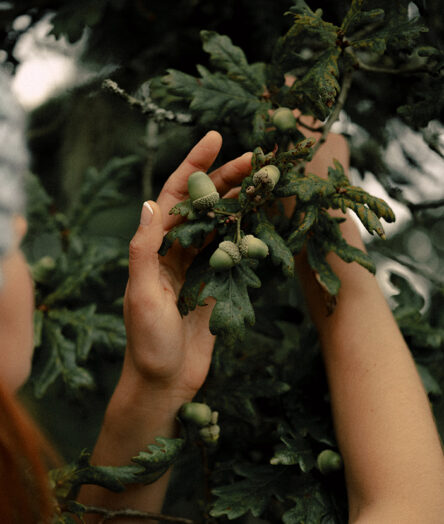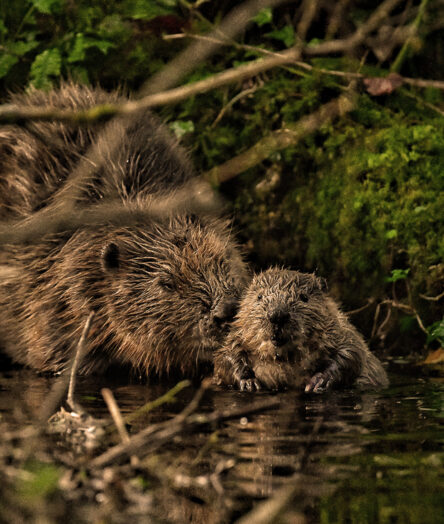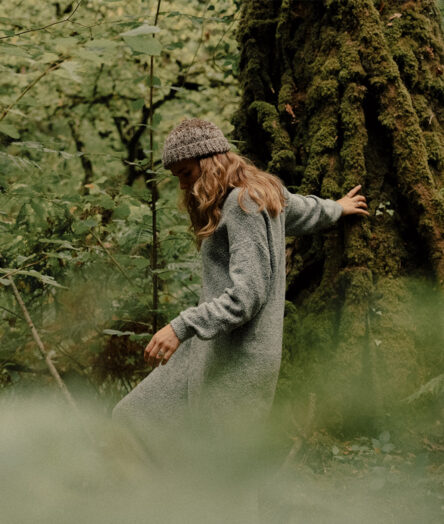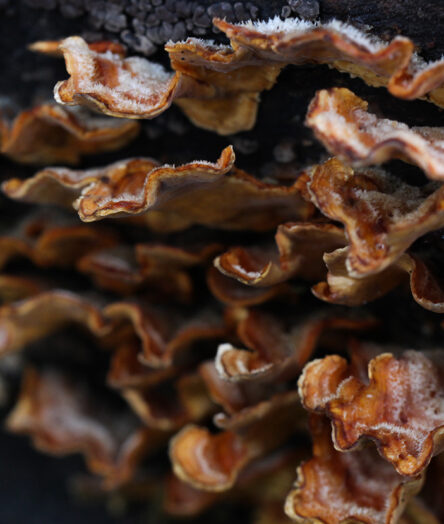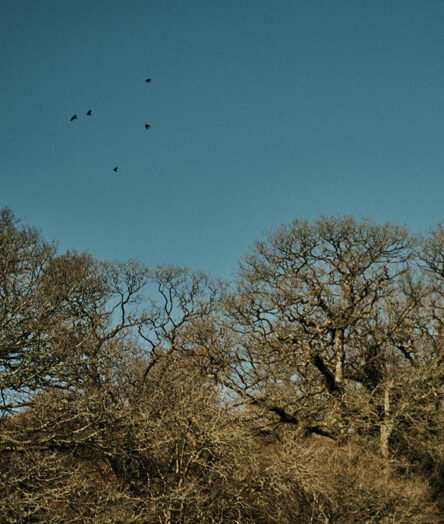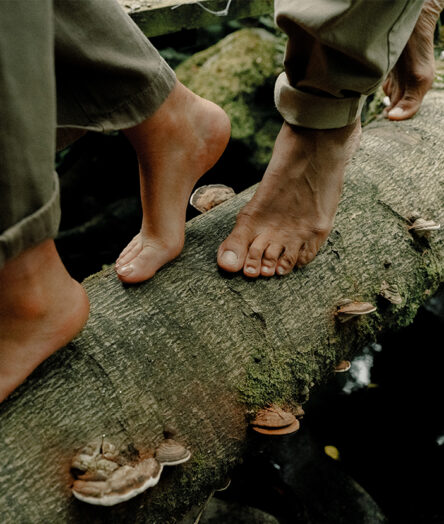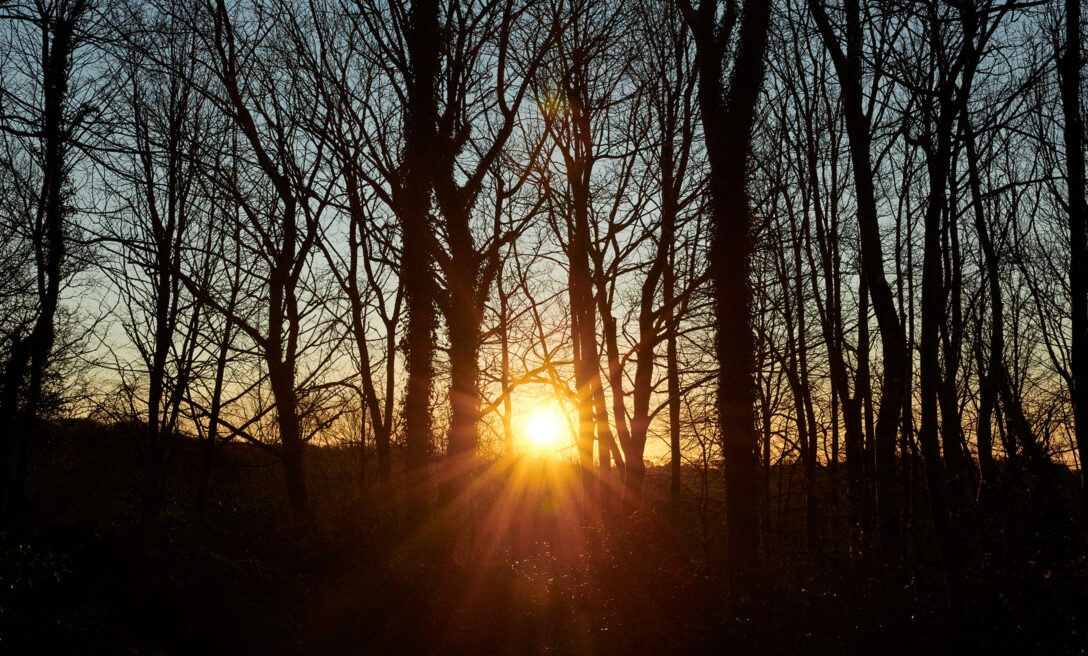Cabilla Cornwall is home to a rare Temperate Rainforest and a diverse range of plant species, such as air-purifying lichens. It is also an official ancient oak woodland – defined as ‘an area of land where there has been a continuous cover of trees since 1600’, which currently makes up only 2% of British woodland.
TEMPERATE RAINFORESTS are OUR RICHEST most COMPLEX TERRESTRIAL HABITAT in the UK
Temperate rainforests and ancient woodlands are home to more biodiversity and threatened species than any other. Centuries of undisturbed soils and accumulated decaying wood have created the perfect place for communities of fungi and invertebrates to thrive – plus, other specialist species of insects birds, and mammals strongly rely on them for survival. Our aim is to nurture our rare Temperate Rainforest ecosystem with thoughtfulness and care, protecting it for the next thousand years, creating a model ecosystem from which others can learn.
